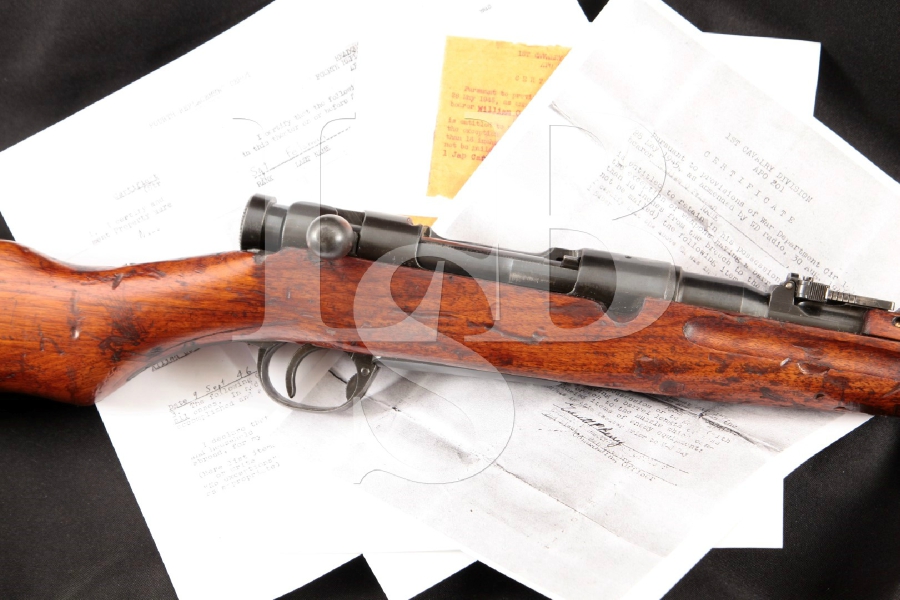
Ideally, the buttstock was set firmly against the shoulder of the firer for more accurate results while the non-trigger hand supported the forward portion of the gun. Each round needed to be managed in this way, making the weapon's rate-of-fire directly tied to the speed of the operator himself. The user raised the bolt handle, pulled the handle to the rear, set the handle forward again and lowered the handle along the side of the gun body, making the carbine ready to fire. The bolt was of typical design and orientation, capped by a knob and set to the rear of the receiver. Iron sights were fitted at the muzzle and a flip-up type installation was identified along the receiver top along the midway point.Īs a bolt-action system, the Type 44 relied upon the operator to manually actuate the bolt-mechanism to eject spent shell casings and introduce a fresh cartridge for firing. The components were conventionally set within the rear portion of the receiver while the wooden forend encased the barrel, allowing for minimal protrusion of the muzzle. Design of the Type 44 included a largely wooden body with an integrated ergonomic shoulder stock, ringed trigger guard and metal internal components. This installation could be folded backwards and locked in place under the forend when not in use, keeping the Type 44's compact size in check. While its lineage was based on the Type 38 series, the Type 44 was distinguished by its use of a "needle-type" bayonet fitting (as opposed to a conventional blade). Carbine weapons were developed to provide the firepower of a traditional long rifle within a more compact body suitable for use by mounted infantry (cavalry) and this usually involving the shortening of the barrel assembly while keeping the rest of the design intact - in essence making for a more logistically friendly end-product. The Type 44 was, therefore, based on the Type 38 Cavalry Rifle.

The "carbine" - or "cavalry rifle" - classification described the weapon as a shortened form of an existing "long rifle" design - namely the bolt-action Type 38 service rifle which, itself, was developed into the Type 38 Cavalry Rifle. As such, the weapon was used throughout the nation's various conflicts in that span and survived in circulation long enough to see combat actions in the upcoming Korean and Chinese Civil Wars. The type led a long and storied career within the ranks of the IJA and saw production span into 1942 during World War 2.

The Type 44 Carbine (also known as the Type 44 "Cavalry Rifle") was a standardized Japanese Army bolt-action carbine weapon designed in 1911 by famed Japanese gunsmith Baron Arisaka Nariakira and introduced into Imperial Japanese Army (IJA) service in 1912.


 0 kommentar(er)
0 kommentar(er)
